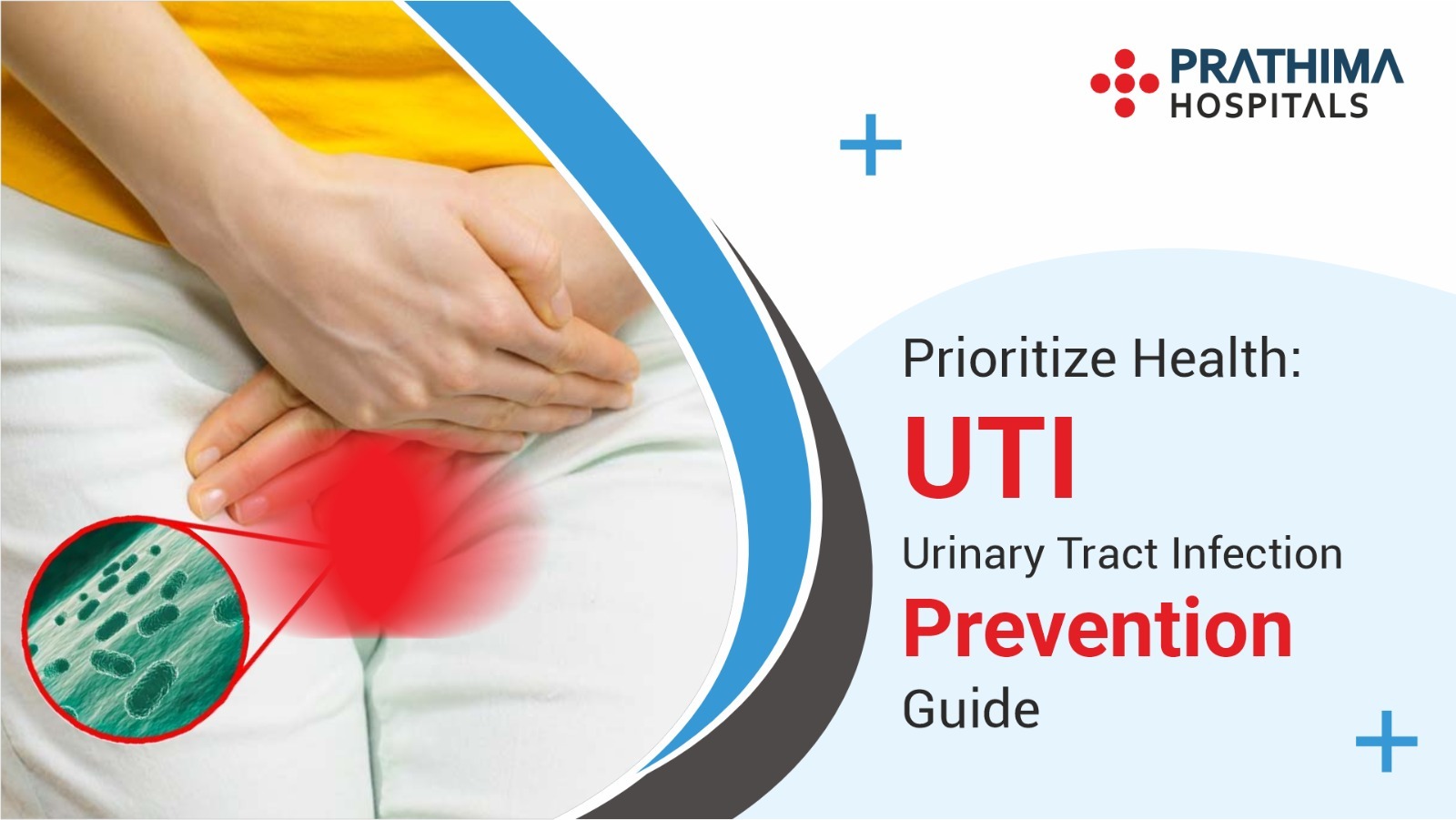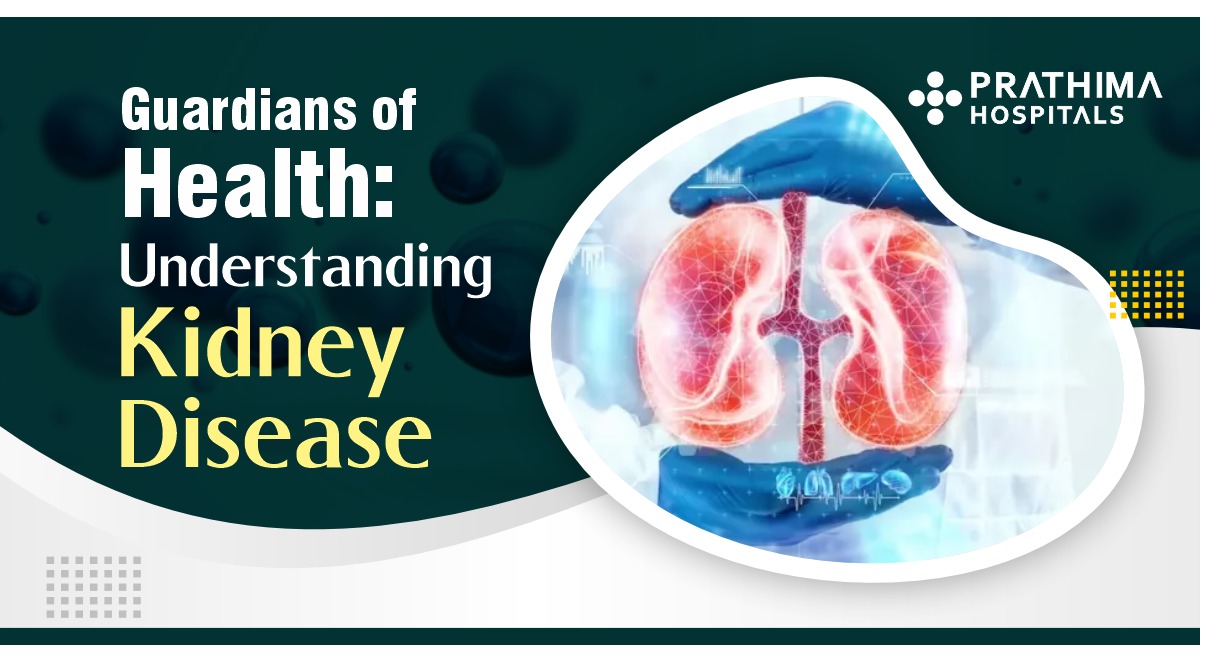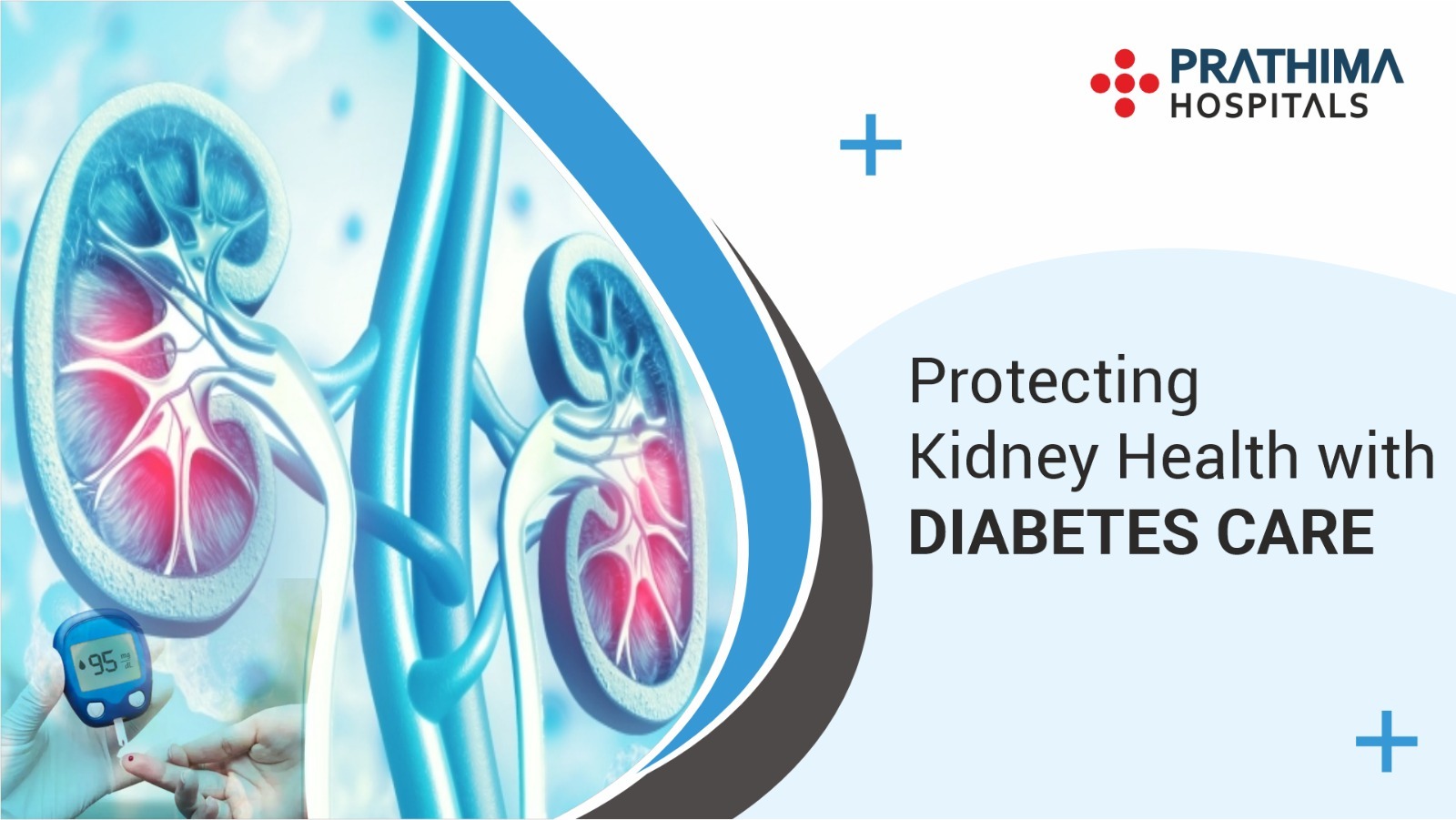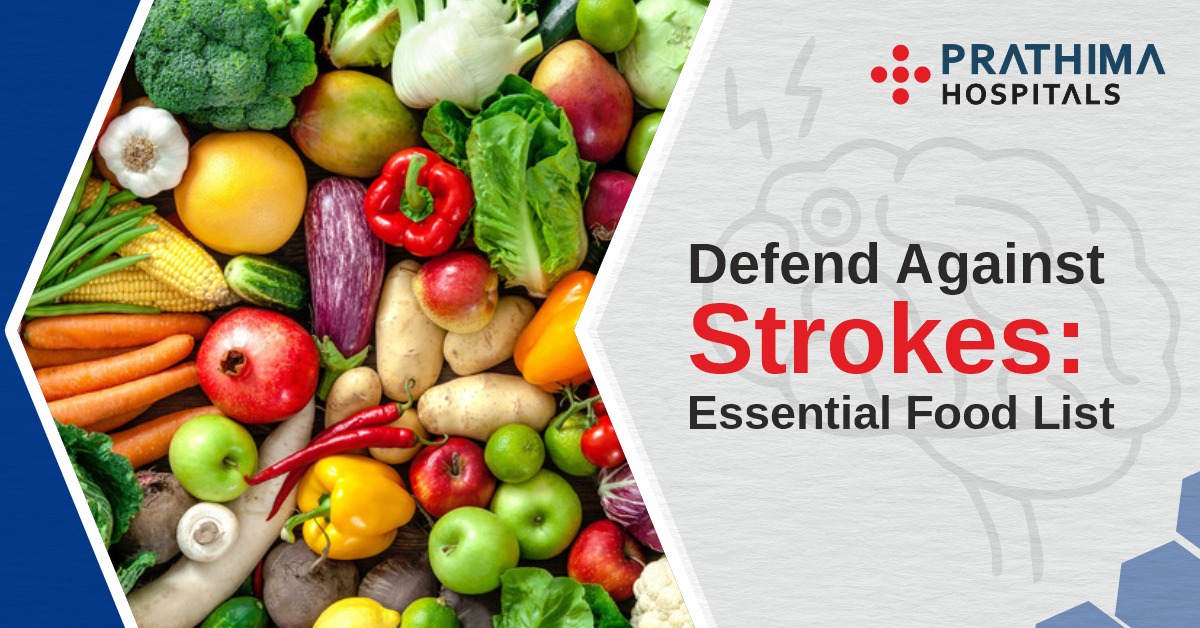Hepatoblastoma A Rare Pediatric Liver Disease!
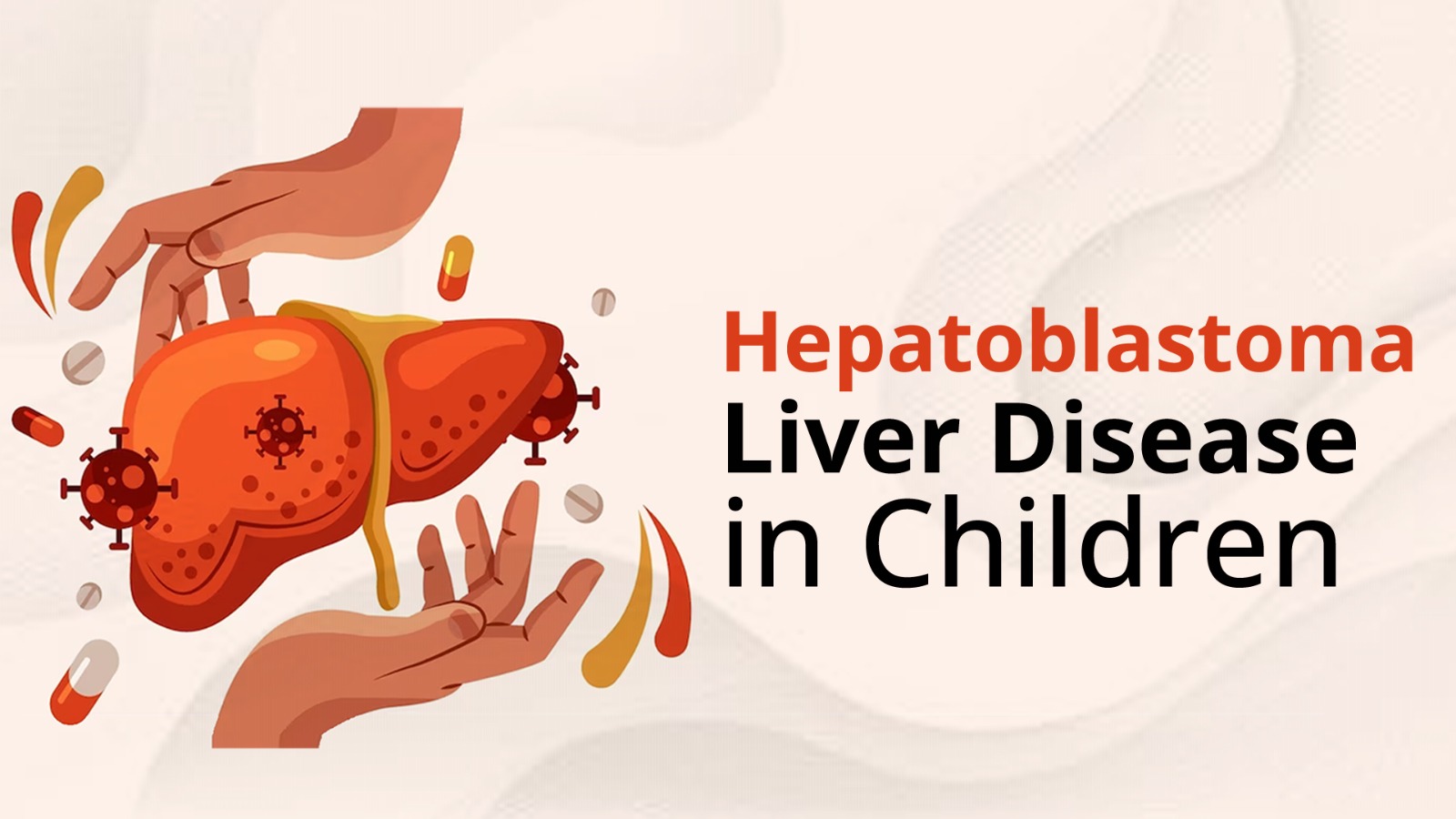
Hepatoblastoma – A Rare Pediatric Liver Disease
Introduction:
Hepatoblastoma is a rare form of liver cancer that primarily affects children. This aggressive malignancy originates in the liver and usually manifests in children aged three and under, with the highest incidence occurring during the first year of life as per Pediatrician in Hyderabad. While hepatoblastoma accounts for only about 1% of all pediatric cancers, it represents the most common malignant liver tumour in children. This article aims to provide a comprehensive overview of hepatoblastoma, including its causes, symptoms, diagnosis, treatment options, and prognosis.
Causes and Risk Factors as per Pediatrician in Kachiguda:
Hepatoblastoma is a complex disease with an unknown exact cause. However, research has identified several potential risk factors that may contribute to the development of this rare pediatric liver cancer. Understanding these risk factors is essential for early detection, prevention, and targeted interventions
Here, we delve into the causes and risk factors associated with hepatoblastoma:
Genetic Factors:
Certain genetic conditions have been linked to an increased risk of hepatoblastoma. These conditions include:
- Familial Adenomatous Polyposis {FAP}: This inherited disorder results in multiple polyps developing in the colon and rectum. Individuals with FAP have a significantly higher risk of developing hepatoblastoma compared to the general population.
- Beckwith-Wiedemann Syndrome (BWS): BWS is a rare genetic disorder that causes overgrowth and is associated with an increased risk of various childhood cancers, including hepatoblastoma.
- Trisomy 18: Also known as Edwards syndrome, trisomy 18 is a chromosomal abnormality where an individual has three copies of chromosome 18 instead of the usual two. Hepatoblastoma is more prevalent among children with trisomy 18.
Birth Defects:
Certain birth defects have been identified as potential risk factors for hepatoblastoma. These include:
- Biliary Atresia: Biliary atresia is a rare condition where the bile ducts inside or outside the liver are blocked or absent. Studies have shown an association between biliary atresia and hepatoblastoma, although the exact underlying mechanism remains unclear as per Pediatrician in Kukatpally.
- Hemihypertrophy: Hemihypertrophy, also known as Beckwith-Wiedemann syndrome, is a condition characterized by asymmetric overgrowth of one side of the body. Children with hemihypertrophy have an increased risk of developing hepatoblastoma.
Prematurity and Low Birth Weight:
Studies have suggested a correlation between prematurity, low birth weight, and an elevated risk of hepatoblastoma. The reasons behind this association are not yet fully understood, but it is believed that premature birth and low birth weight may affect the development and functioning of the liver, making it more susceptible to tumour formation.
Environmental Factors:
Although specific environmental factors contributing to hepatoblastoma have not been definitively identified, some studies have suggested potential associations. These include:
- Maternal Use of Hormonal Medications: Maternal use of hormonal medications during pregnancy has been proposed as a potential risk factor for hepatoblastoma. However, additional research is required to show a definitive link.
- Maternal Smoking: Some studies have suggested an increased risk of hepatoblastoma among children whose mothers smoked during pregnancy. In order to establish this association, more research is needed.
- It is important to note that while these risk factors are associated with an increased likelihood of hepatoblastoma, not all children with these risk factors will develop the disease. Conversely, some children may develop hepatoblastoma without any identifiable risk factors. The interplay between genetic predisposition, environmental influences, and other underlying factors in hepatoblastoma development requires further exploration.
Symptoms and Diagnosis:
Understanding the symptoms and the diagnostic process can aid in timely intervention. Let’s explore the symptoms associated with hepatoblastoma and the diagnostic methods employed for its identification:
Symptoms of Hepatoblastoma:
- Abdominal Swelling or Mass: One of the most common signs of hepatoblastoma is the presence of a palpable abdominal mass or swelling. The mass may be firm or irregular in shape.
- Unexplained Weight Loss: Children with hepatoblastoma may experience unexplained weight loss or failure to gain weight as expected.
- Poor Appetite: Loss of appetite or a significant decrease in food intake is often observed in children with hepatoblastoma.
- Abdominal Pain: Some children may complain of persistent or intermittent abdominal pain.
- Jaundice: Jaundice, characterized by yellowing of the skin and eyes, may occur in cases where the tumour obstructs the bile ducts.
- Anaemia: Hepatoblastoma can cause anaemia, leading to fatigue, pale skin, and weakness.
- Nausea and Vomiting: Children with hepatoblastoma may experience episodes of nausea and vomiting.
- It is important to note that these symptoms can be non-specific and may also be associated with other medical conditions as per Pediatrician in KPHB. However, if any of these symptoms persist or raise concerns, it is crucial to consult a healthcare professional for further evaluation.
Diagnosis of Hepatoblastoma:
- The diagnosis of hepatoblastoma involves a series of diagnostic procedures to accurately identify the presence of cancerous cells and determine the extent of the disease. As part of the diagnostic process, the following may be performed:
- Physical Examination: A thorough physical examination is conducted to assess the child’s general health and identify any visible signs of hepatoblastoma, such as an abdominal mass or jaundice.
- Blood Tests: Blood tests are performed to evaluate liver function and identify any abnormalities. Elevated levels of certain liver enzymes and markers, such as alpha-fetoprotein (AFP), may be indicative of hepatoblastoma.
Imaging Studies:
- Ultrasound: An abdominal ultrasound is usually the initial imaging test used to visualize the liver and detect any abnormalities, including tumours.
- Computed Tomography (CT) Scan: CT scans provide detailed cross-sectional images of the liver, allowing for a more comprehensive evaluation of the tumour’s size, location, and possible spread.
- Magnetic Resonance Imaging (MRI): MRI scans utilize magnetic fields and radio waves to produce detailed images of the liver, aiding in tumour visualization and assessment.
- Biopsy: A biopsy involves the removal of a small tissue sample from the liver for microscopic examination. It is performed to confirm the presence of cancerous cells and determine the specific type and characteristics of the tumour. The biopsy may be done using a needle guided by imaging techniques or during surgery.
- Staging: Staging is essential for determining the extent of the tumour and planning the appropriate treatment. The Children’s Hepatic Tumors International Collaboration (CHIC) staging system is commonly used for hepatoblastoma. It ranges from stage I (localized tumour) to stage IV (metastatic disease involving distant organs).
- Once the diagnosis is confirmed and the tumour is staged, the healthcare team can develop a treatment plan tailored to the individual child, taking into account factors such as the tumour’s size, location, and resectability.
Staging and Prognosis:
- Hepatoblastoma is staged based on the extent of tumour growth and its spread to other parts of the body. The Children’s Hepatic Tumors International Collaboration (CHIC) staging system is commonly used for hepatoblastoma. It ranges from stage I (localized tumour) to stage IV (metastatic disease involving distant organs).
- The prognosis for hepatoblastoma depends on various factors, including the stage of the tumour at diagnosis, age at diagnosis, response to treatment, and the presence of genetic conditions. Generally, the prognosis is more favourable for patients diagnosed at an early stage and those without metastasis. Advancements in treatment options and improved understanding of the disease have led to increased survival rates in recent years.
Treatment Options:
- The management of hepatoblastoma typically involves a multidisciplinary approach, including surgery, chemotherapy, and in some cases, liver transplantation. The treatment plan is tailored to the individual patient based on factors such as tumour stage, size, and resectability.
- Surgery is the primary treatment modality for hepatoblastoma and aims to remove the tumour from the liver. Depending on the tumour’s characteristics and extent, surgical options may include complete resection (removal) of the tumour, liver transplant, or partial hepatectomy (removal of a portion of the liver). The decision regarding the type of surgery depends on the expertise of the surgical team and the overall health of the child.
- Chemotherapy plays a vital role in the management of hepatoblastoma. It is administered before surgery to shrink the tumour (neoadjuvant chemotherapy) or after surgery to eradicate any remaining cancer cells (adjuvant chemotherapy). Chemotherapy drugs commonly used for hepatoblastoma include cisplatin, doxorubicin, and ifosfamide. The duration and intensity of chemotherapy depend on the specific treatment protocol and the response of the tumour to the drugs.
- In cases where the tumour is unresectable, or if there is a recurrence after initial treatment, liver transplantation may be considered as per the suggestion of a Pediatrician in Kachiguda. Transplantation offers the possibility of removing the tumour entirely while addressing underlying liver dysfunction.
Follow-up and Long-term Outcomes:
- After completing treatment, regular follow-up visits are crucial to monitor the patient’s progress, check for potential recurrence, manage any treatment-related complications, and provide supportive care. In addition to physical examinations, blood tests, and imaging studies may be conducted during these visits.
- The long-term outcomes for children with hepatoblastoma have improved significantly over the years. The five-year survival rate for localized hepatoblastoma is now approximately 80-90%. However, the prognosis may be poorer for children with advanced disease or those who have undergone liver transplantation.
Conclusion:
- Hepatoblastoma is a rare paediatric liver cancer that necessitates prompt diagnosis and a multidisciplinary approach to management. Early detection, accurate staging, and tailored treatment plans that include surgery, chemotherapy, and, in some cases, liver transplantation have significantly improved outcomes for affected children. Ongoing research efforts are aimed at understanding the genetic and molecular basis of hepatoblastoma, which may lead to targeted therapies and further advancements in treatment options.
- Raising awareness among healthcare providers and the general public about hepatoblastoma is crucial to ensure early detection, timely intervention, and optimal care. Collaborative efforts among researchers, healthcare professionals, and families affected by hepatoblastoma are essential to advance knowledge, improve treatment strategies, and ultimately enhance the long-term prognosis for children diagnosed with this rare liver cancer.
.
.
.
.
.
For more details :
📞:: 733 733 6600 | 040 4345 4345
🌐:: https://prathimahospitals.com/book-appointment/

